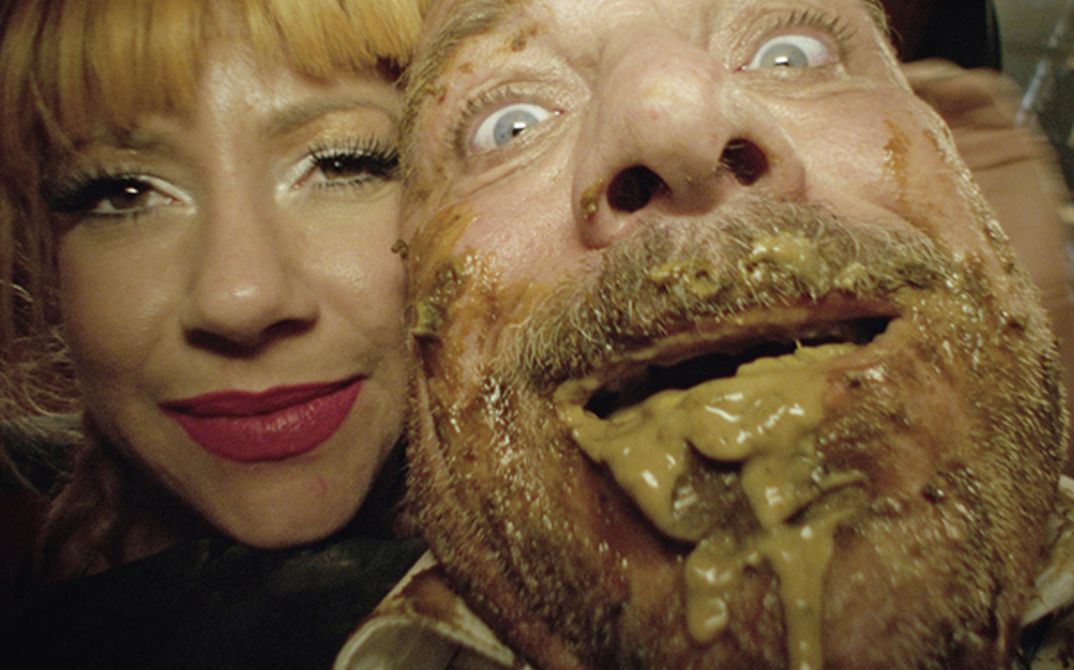93 min. English.
The intention of art as the act of rearranging the given, a voice of the encapsulation of what appears to be. DADDA – Poodle House Saloon is the first of five feature-length chapters made in the Saloon. These are part of a larger series of 20 feature-length chapters of CSSC / DADDA Coach Stage Stage Coach / Donald And Daisy Duck Adventure, a pseudo western series, a meditation on mediated violence. Over the course of the first film, Donald Duck, his wife Daisy Duck, their daughter Bonkers, Nancy Reagan, Andy Warhol, John Wayne, Mini, Heidi, Poncho, and the Cartwrights abuse, torture, and kill each other.
The saloon set used for DADDA – Poodle House Saloon is a replica of the set used in Rainer Werner Fassbinder’s 1971 film Whity, which had also been used in the 1966 classic spaghetti western The Good, The Bad and The Ugly, starring Clint Eastwood. Today, the original set can still be found in Mini Hollywood, a wild-west town in Almería, Spain that American western movie directors used as a cheaper filming location in the 1960s and ‘70s. In recreating this set, a kind of cultural looping and layering occurred and is now embedded in DADDA – Poodle House Saloon.
Paul McCarthy, born in Salt Lake City, USA in 1945, earned a BFA in painting from the San Francisco Art Institute in 1969, and an MFA in multimedia, film, and art from the University of Southern California in 1973. His sculptures, performances, and videos mix high and low culture, and provoke an analysis of our fundamental beliefs. McCarthy’s work thus locates the traumas lurking behind the stage set of the American Dream and identifies their counterparts in the art historical canon. For 18 years he taught performance, video, installation, and art history in the New Genres Department at UCLA. His work has shown extensively worldwide.
Damon McCarthy, born in 1973 and raised Los Angeles, USA, earned a BA in film at the California Institute of the Arts in 1998. For the last 18 years, he has collaborated with his father, Paul McCarthy, as co-director and editor of many complex performative video installations and large-scale projects. Their collaborative works have been shown extensively worldwide.
